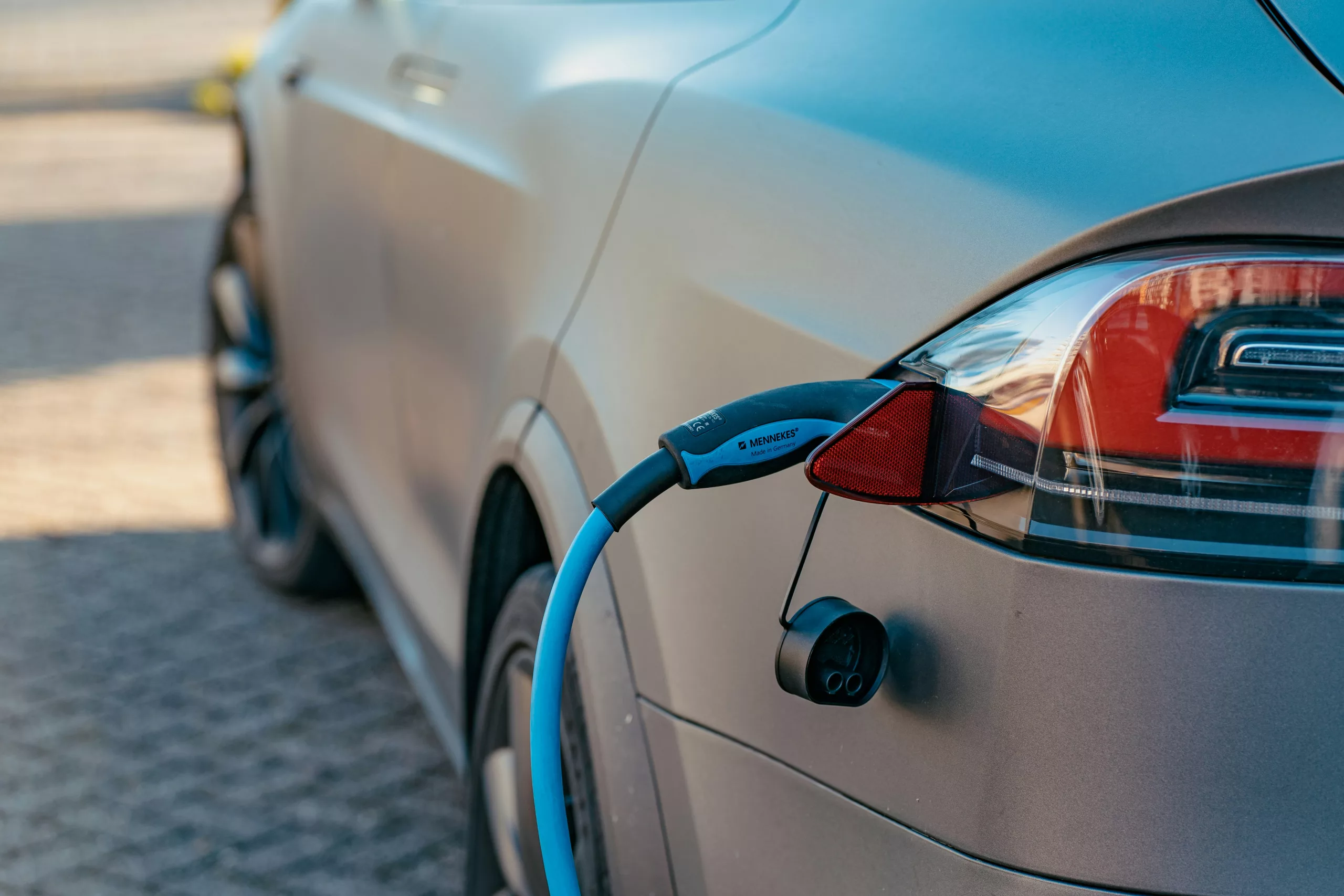The EPA‘s commitment to reducing carbon emissions in the U.S. has led to a significant policy milestone. The introduction of multi-pollutant standards is set to transform the automotive industry, putting electric vehicles (EVs) at the forefront. By 2032, not only battery-electric vehicles but also plug-in hybrids (PHEVs) are expected to become a critical component in automakers’ portfolios to comply with these new standards.
Debunking the Plug-in Hybrid Myth
Despite criticism labeling PHEVs as ‘compromise cars’, there’s a reasonable argument in their favor. We recognize the nuanced role they play in the transition to a low-carbon future. PHEVs serve as an important stepping stone for consumers and manufacturers alike, easing the shift towards a fully electric future.
Why PHEVs Matter in the Short Term
Cost-effective and with longer ranges, PHEVs offer consumers a taste of electric-powered convenience. In the short term, they make financial sense and provide valuable experience with EV technology. However, the real-world performance reveals that PHEVs often use more gasoline than advertised due to inadequate charging habits, underscoring the importance of consumer education and infrastructure development.
Moreover, automakers benefit from extra time to refine their EV strategies, thanks to the relaxed EPA guidelines including PHEVs. As they pivot towards a battery-electric future, adapting existing models to PHEV standards serves as an intermediate strategy. Nonetheless, with the inevitability of a single powertrain focus, industry leaders like GM acknowledge that the future lies beyond hybrids.
Comparing Vehicle Safety: Hybrids Versus EVs
Regarding safety, vehicles sold in the U.S. must meet Federal Motor Vehicle Safety Standards, with EVs adhering to additional rigorous testing. Comparatively, hybrids emerge as less safe with higher risks of fire incidents. Battery-powered EVs boast advanced safety features that offset the slight increase in road impact due to their heavier build.
Zero Emissions: The Ultimate Goal
Notwithstanding the benefits of PHEVs as transition vehicles, the ultimate objective remains clear: zero emissions. Addressing climate change effectively necessitates embracing technologies that do away with fossil fuels entirely. EPA models suggest a gradual increase in PHEV sales, but research indicates that meeting climate objectives will require a more aggressive push towards fully electric vehicles.
As we move towards a cleaner electric grid, it is imperative that we work towards having all new vehicles produce zero emissions.
The Appeal of Battery-Electric Vehicles
The simplicity, power, and maintenance benefits of EVs over PHEVs are stark. EVs are streamlined machines with far fewer moving parts and hence offer a quieter, more efficient driving experience. Routine upkeep, such as oil changes, becomes obsolete, leading to reduced lifetime costs.
With the affordability of battery technology improving, and EV sales eclipsing those of PHEVs, the writing seems to be on the wall. Industry trends and consumer behaviors suggest that the focus now should overwhelmingly shift to the promotion and innovation of battery-electric vehicles.
In conclusion, while PHEVs have played a crucial intermediary role, the concerted push by regulators, consumer preferences, and environmental imperatives clearly favor a future dominated by battery-electric vehicles.
